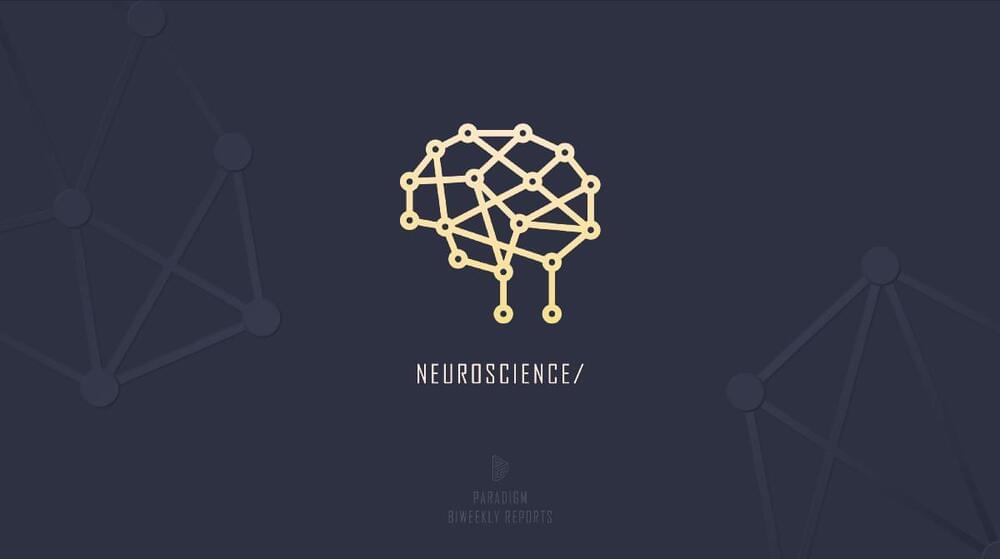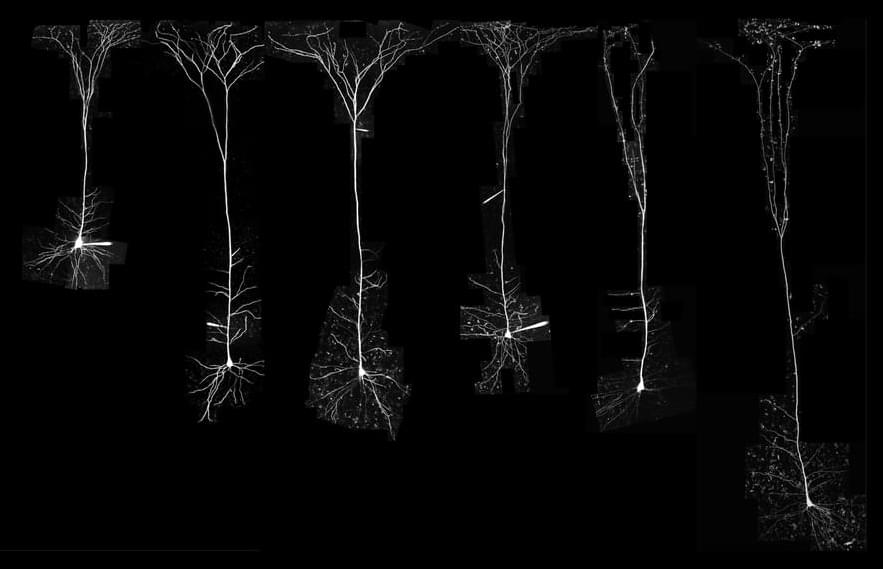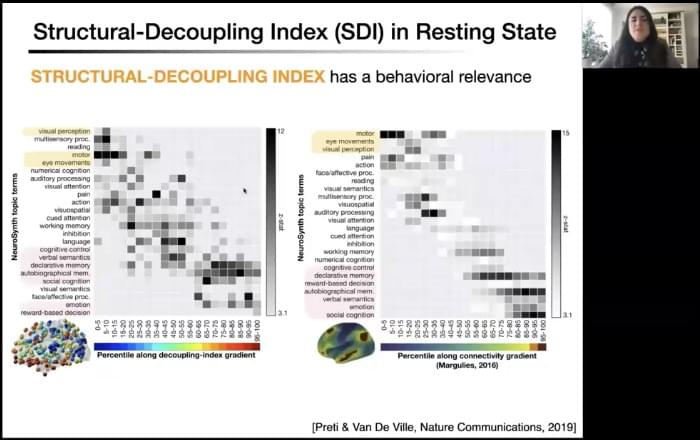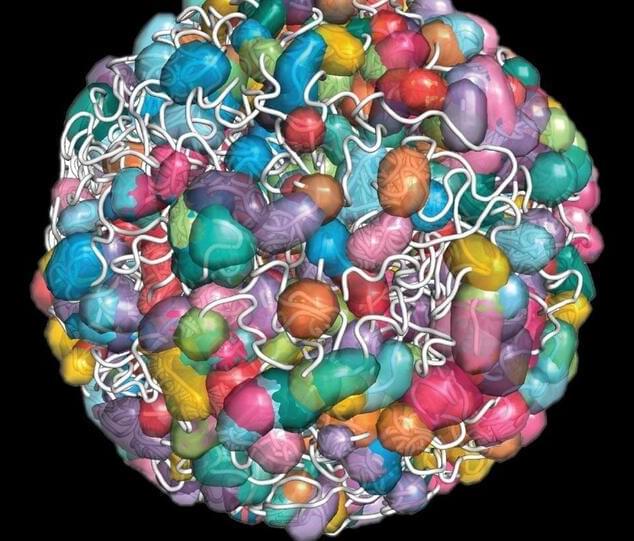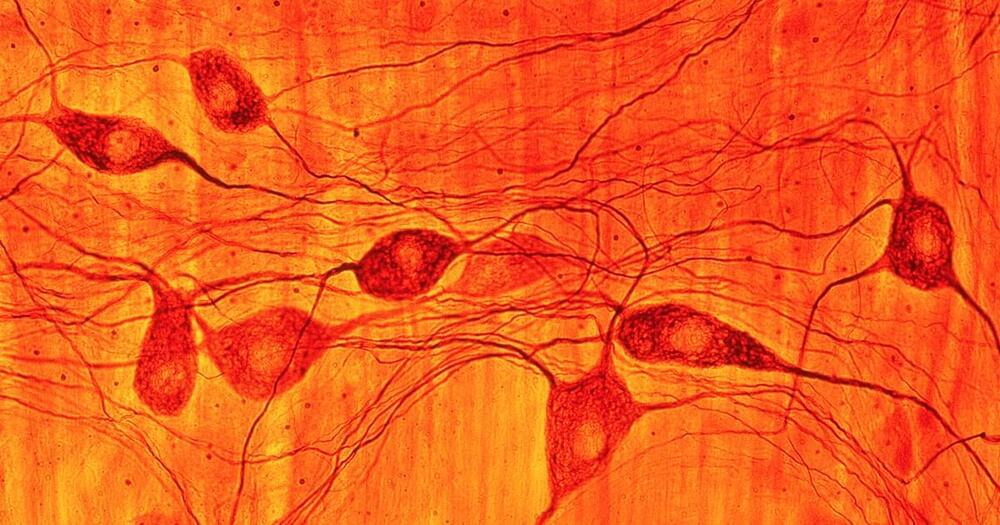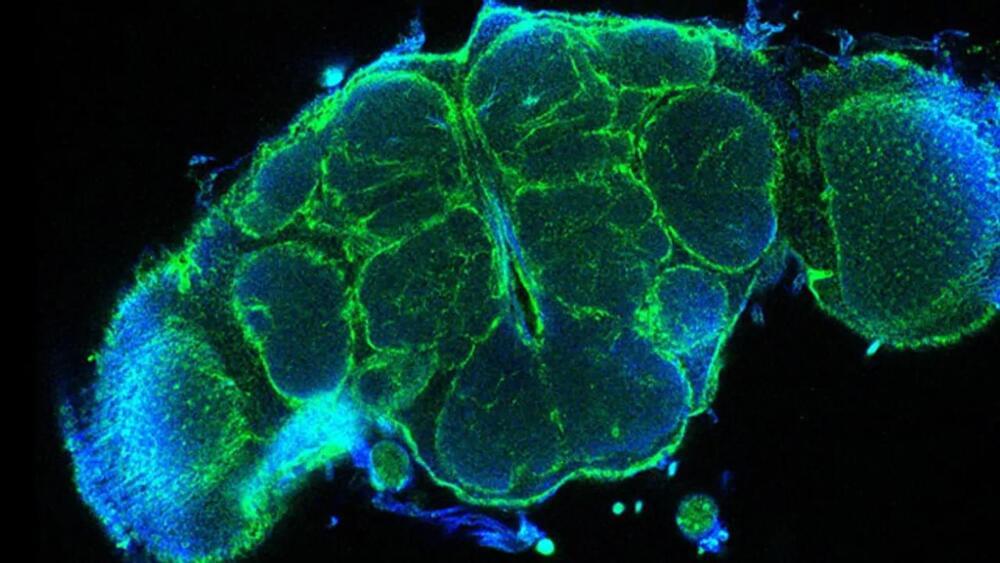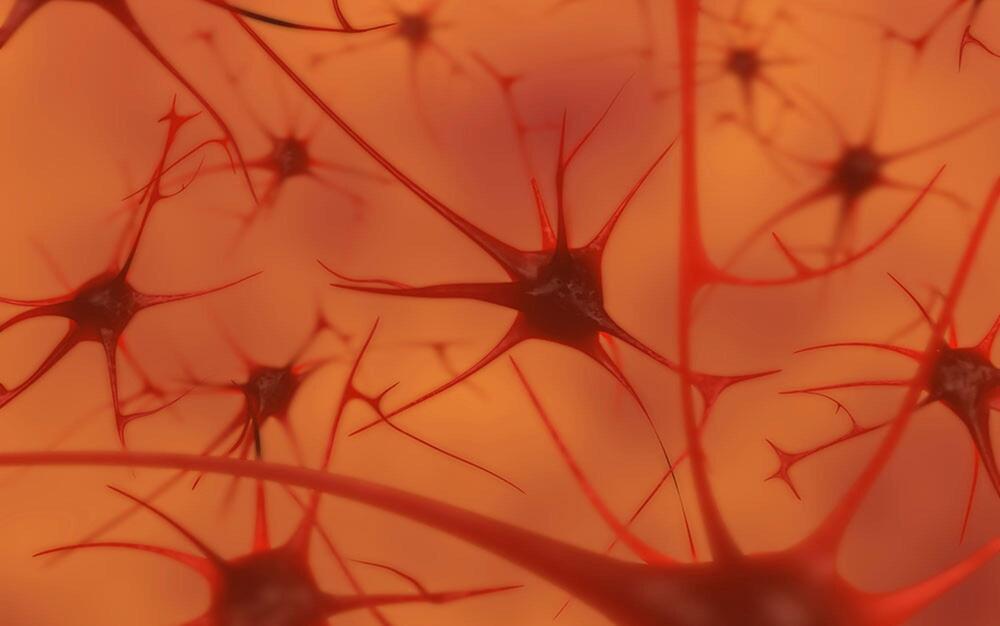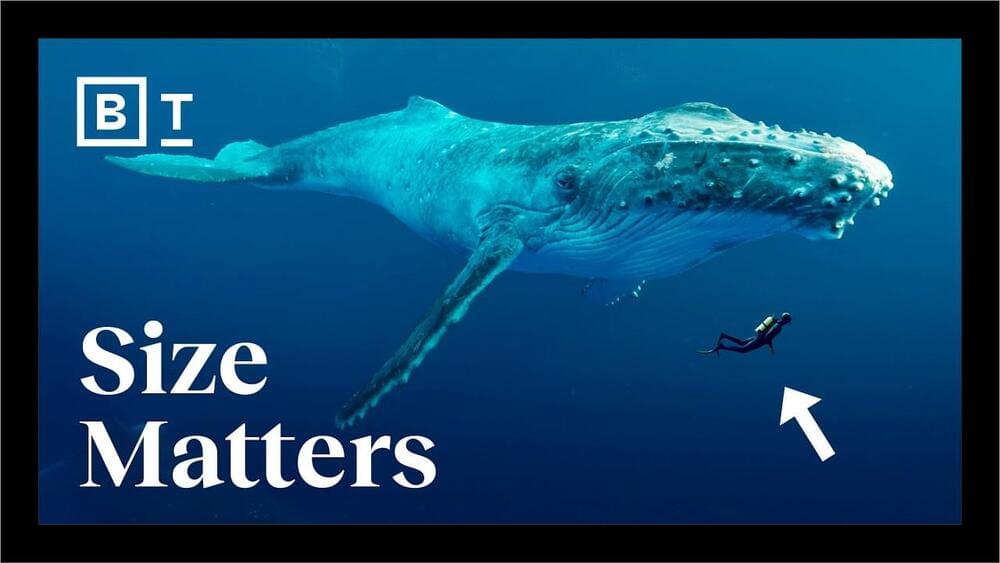Nov 11, 2021
NS/ AI and how the brain processes language
Posted by Dan Kummer in categories: neuroscience, robotics/AI
Neuroscience biweekly vol. 45 27th October — 10th November.
The brain uses a shared mechanism for combining words from a single language and for combining words from two different languages, a team of neuroscientists has discovered. Its findings indicate that language switching is natural for those who are bilingual because the brain has a mechanism that does not detect that the language has switched, allowing for a seamless transition in comprehending more than one language at once.
“Our brains are capable of engaging in multiple languages,” explains Sarah Phillips, a New York University doctoral candidate and the lead author of the paper, which appears in the journal eNeuro. “Languages may differ in what sounds they use and how they organize words to form sentences. However, all languages involve the process of combining words to express complex thoughts.”
Continue reading “NS/ AI and how the brain processes language” »
